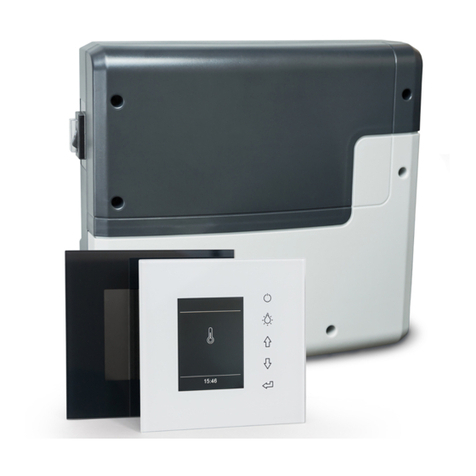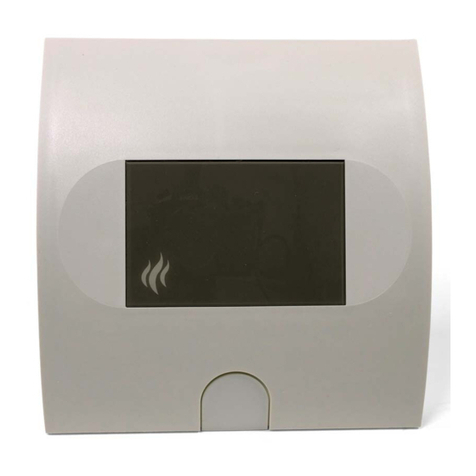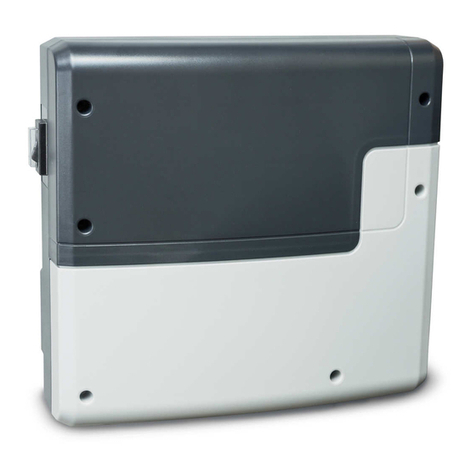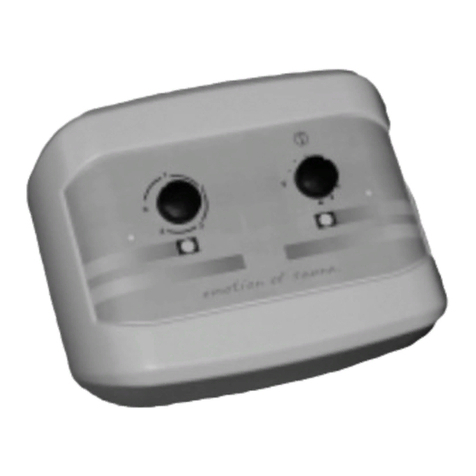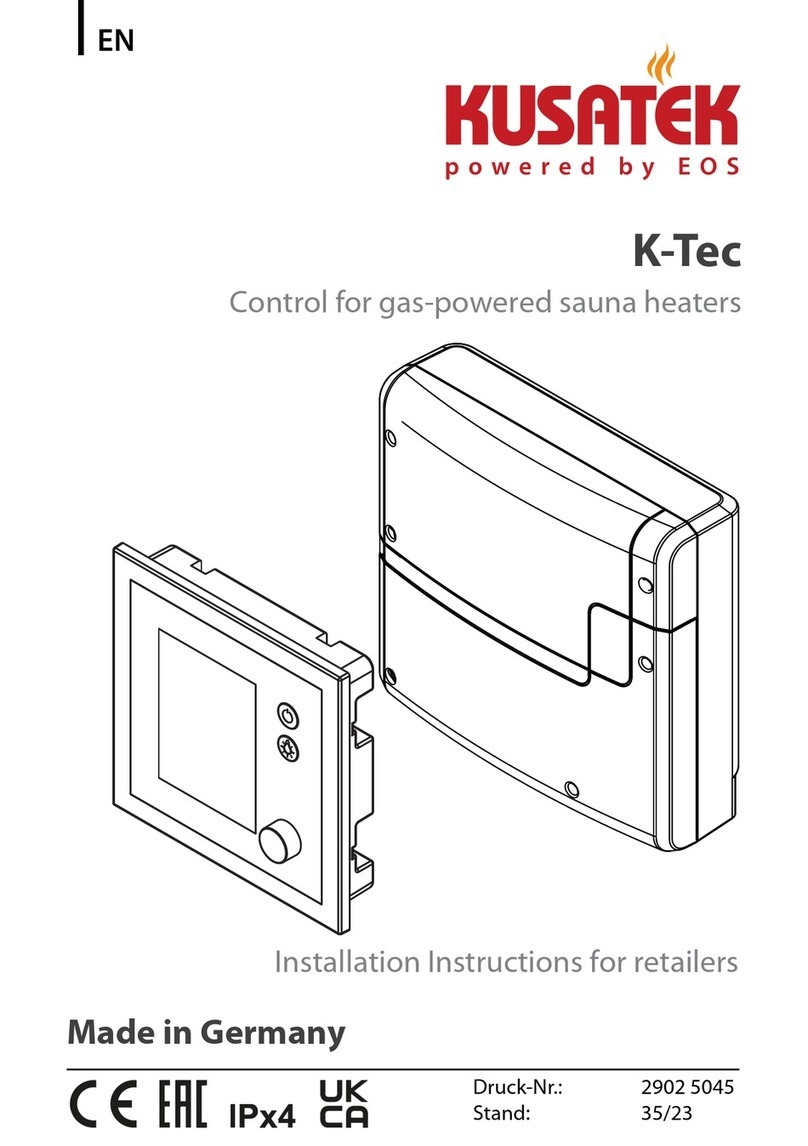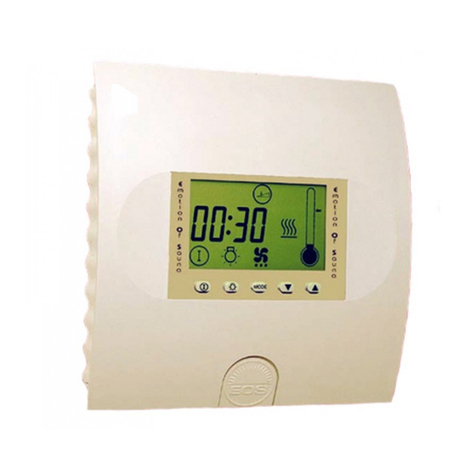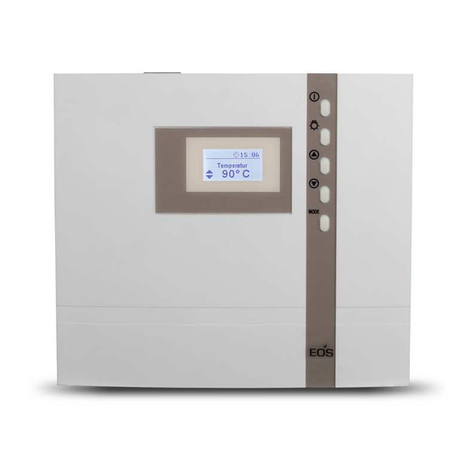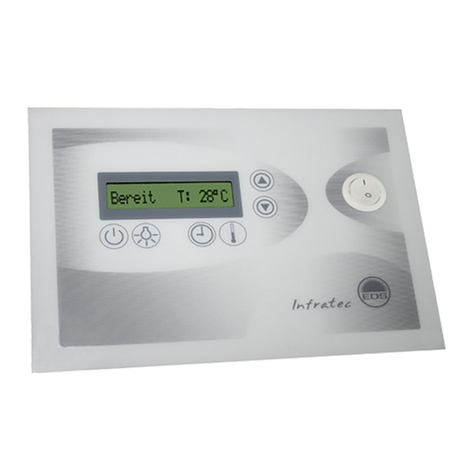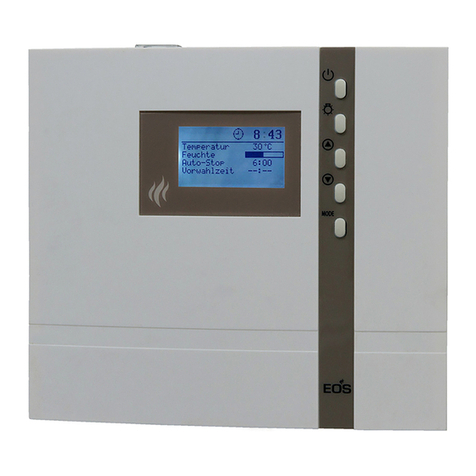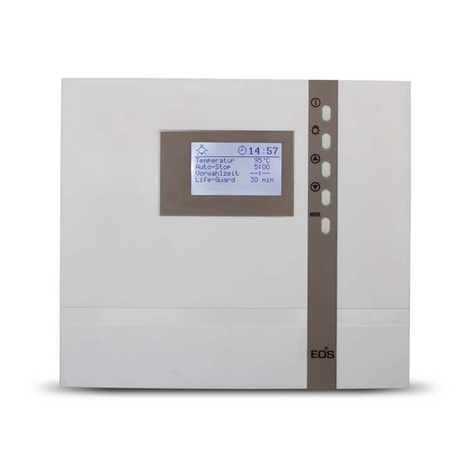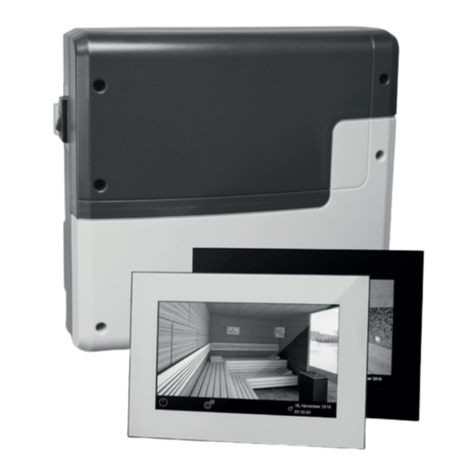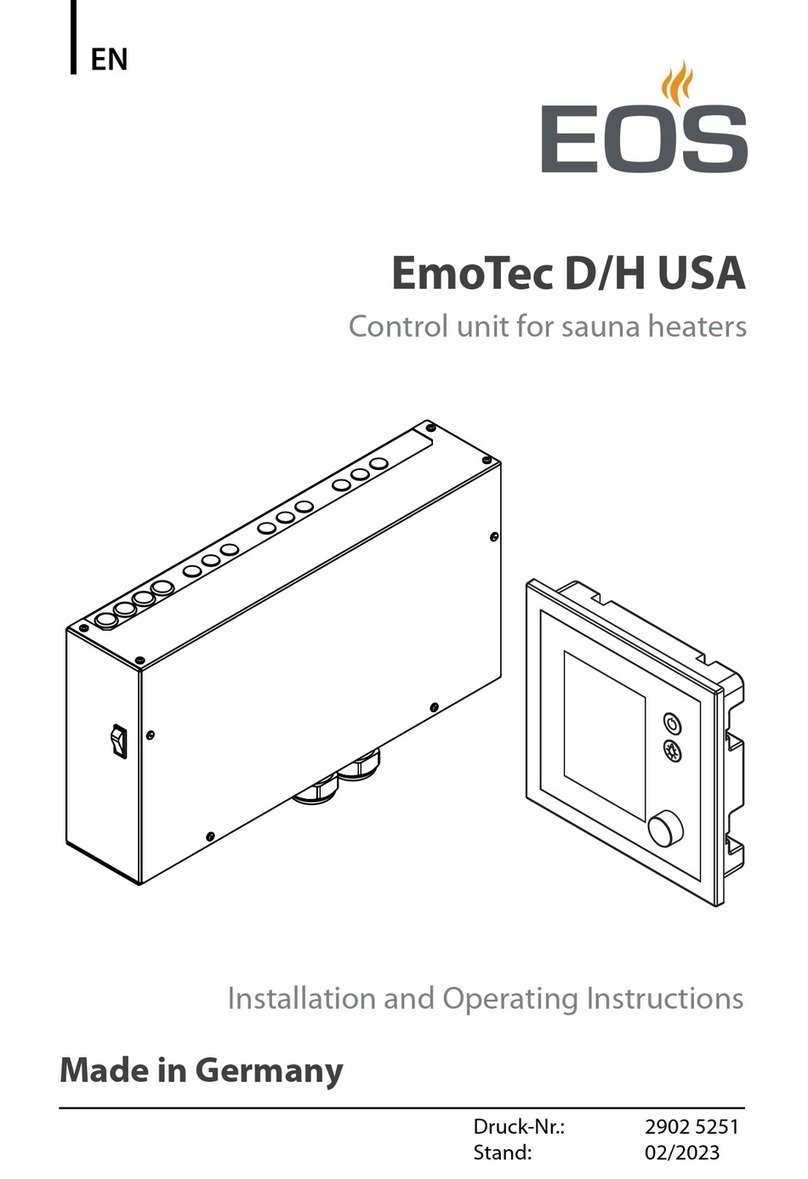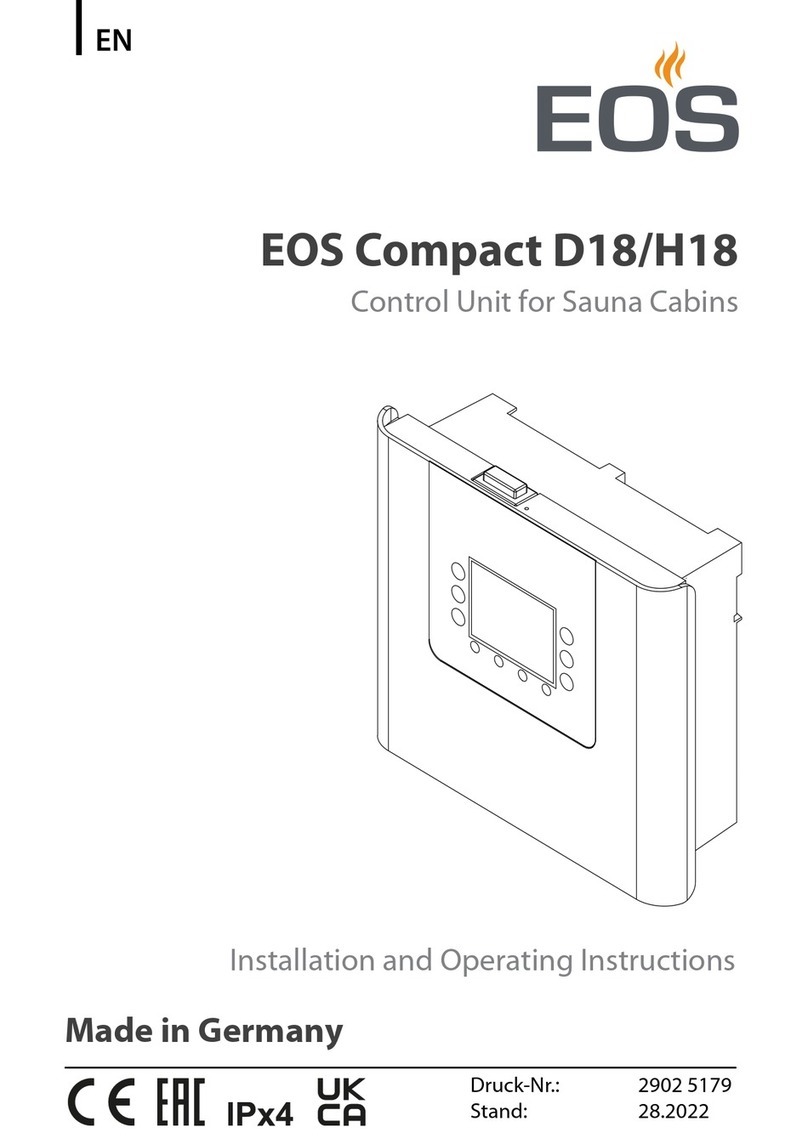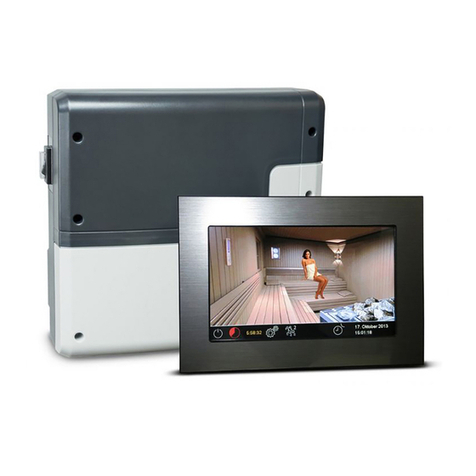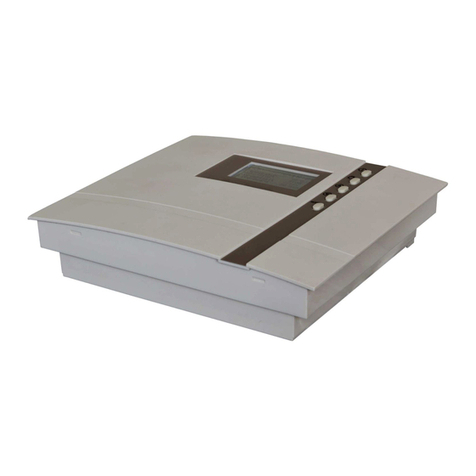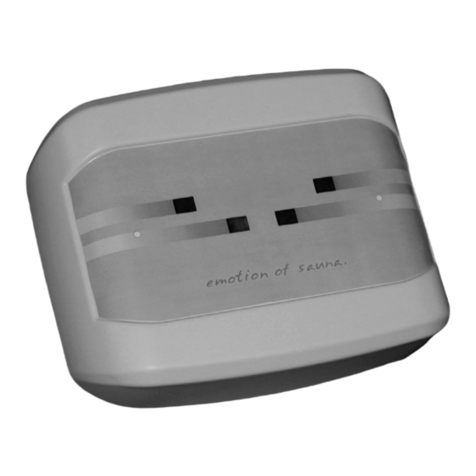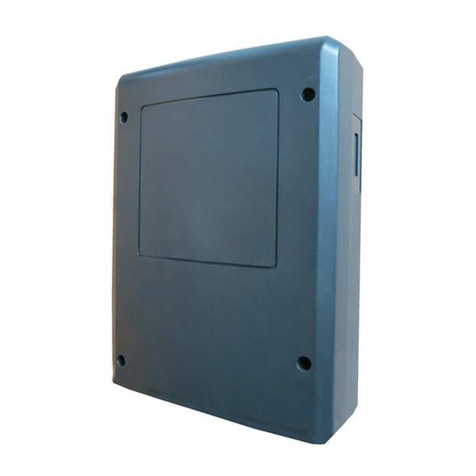Dear customer
You have purchased a high-quality technical
device with which you will have years of sauna
fun. This sauna control unit was designed and
inspected according to the current European
safety standards and manufactured at the facto-
ry in accordance with the quality management
standard DIN EN ISO 9001:2000.
This detailed installation and operation manual
has been prepared for your information. Please
observe in particular the important notes and
the information on electrical connection.
We wish you exhilarating recreational experience
and lots of fun with your sauna!
Intended use
This sauna control unit is exclusively intended
for the control of the sauna heater in a sauna
cabin.
Any other use over and above the intended
purpose is not considered as appropriate use!
Compliance of the standard operation, mainte-
nance and repair conditions is also an element
of appropriate use.
The manufacturer cannot be held liable for
deviating, unauthorized alterations and any re-
sulting damages: the initiator of these changes
bears the full risk.
General information
Please check whether the unit has arrived in per-
fect condition. Any transport damages should be
immediately reported to the freight forwarder
delivering the goods or you should contact the
company that shipped the goods.
Please note that you will only be able to achieve
an optimum sauna climate if the cabin with its air
intake and ventilation, the sauna heater and the
control unit are aligned to each other.
Please observe the information and stipulations
made by your sauna supplier.
Sauna heaters heat up your sauna cabin using
heated convective air. Here, fresh air is drawn in
from the air intake which, when heated, rises up-
wards (convection) and is then circulated within
the cabin. Part of the used air is pushed out
through the vent in the cabin.This creates a typ-
ical sauna climate which can achieve tempera-
tures of approx. 110°C measured directly under
the ceiling of your sauna, dropping in tempera-
ture to approx. 30-40°C towards the oor. It is
therefore not unusual to measure temperatures
of 110°C on the temperature sensor hanging
over the heater, whilst the thermometer hanging
on the sauna wall, approx. 20-25 cm under the
cabin ceiling, only indicates 85°C. The bathing
temperature generally lies between 80°C and
90°C in the area of the upper bench when the
temperature is set to maximum.
Please note that the highest temperatures are
always generated over the sauna heater and that
the temperature sensor and the safety limiter
must be mounted there in accordance with the
control unit installation instructions.
When heating up for the first time, you may
notice a slight smell caused by evaporating
lubricants used in production processes. Please
ventilate your cabin before beginning your
sauna bath.
7
